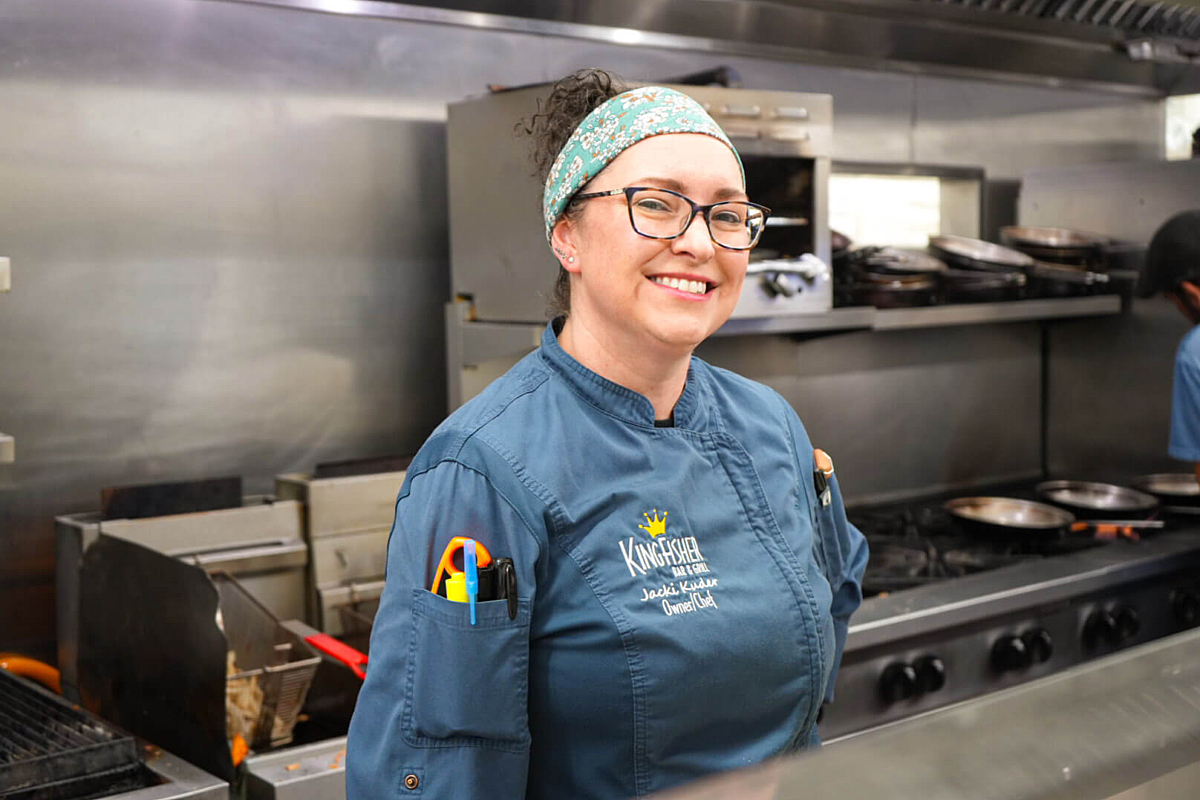

Nov2025 Announcement
A salmon walks into a saguaro
🌵Tucson, we’re here. We’re thrilled to announce that Wildtype salmon is now on the menu at Kingfisher, one of Arizona’s most iconic seafood kitchens! Book your table here Why are we so excited about Kingfisher? Three words: Chef Jacki Kuder. Not…
Sep2025
SB 261 took effect in Texas yesterday, banning the sale of cultivated foods in the state. As a result, our partners at Otoko have stopped the sale of Wildtype salmon in order to comply with this new law. You can still find Wildtype salmon served by…
Announcement
Jul2025
We’re heading upstream! Starting August 21st, Wildtype’s cultivated salmon is making its debut at James Beard-nominated The Walrus and the Carpenter, the beloved Seattle oyster bar led by Chef Renee Erickson. No reservations—just come early and get…
Announcement
Jul2025
We’re home! Starting August 14, Wildtype’s cultivated salmon is swimming onto the menu at Robin San Francisco, led by Eater’s Best New Chef, Adam Tortosa. Robin delivers a bold, personalized omakase experience, using the most pristine ingredients…
Announcement
Press
Wildtype stories
in the news

The Coho salmon, pinkish orange and streaked with lines of white fat, wasn’t wild-caught in Alaska or farmed in Chile. It comes from cells grown in tanks at a former microbrewery in San Francisco, and in late May it became the first cell-cultured seafood to receive safety approval from the U.S. Food and Drug Administration.

"At Kann, we take pride in the ingredients we utilize," Gourdet shared in the announcement. "Introducing Wildtype's cultivated salmon to our menu hits the elevated and sustainable marks we want our menu to offer guests who share a similar value system to ours.

It tasted exactly like conventional sushi-grade salmon (which arguably isn't the case with many plant-based alternatives)
Links
What we’re reading about the food industry
01
With the fish numbers at historic lows, scientists, chefs and others are asking whether we should be eating them anymore, and what it means for the future of all wild salmon.
02
In California, dams constructed along various rivers have disrupted traditional salmon runs and are one reason the species has been in decline for decades. And, as climate change makes everything hotter, including the rivers, salmon spawning sites are at risk.